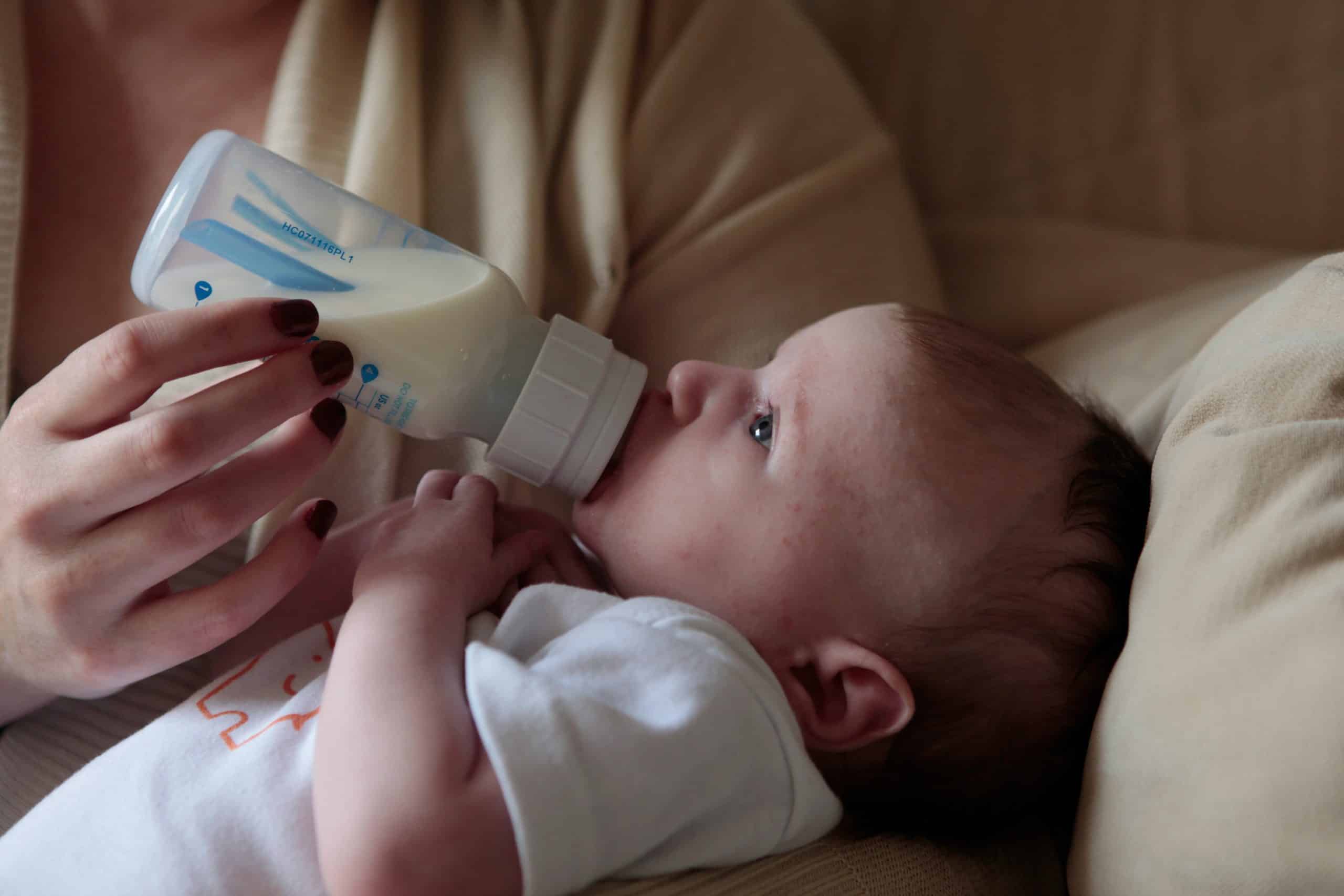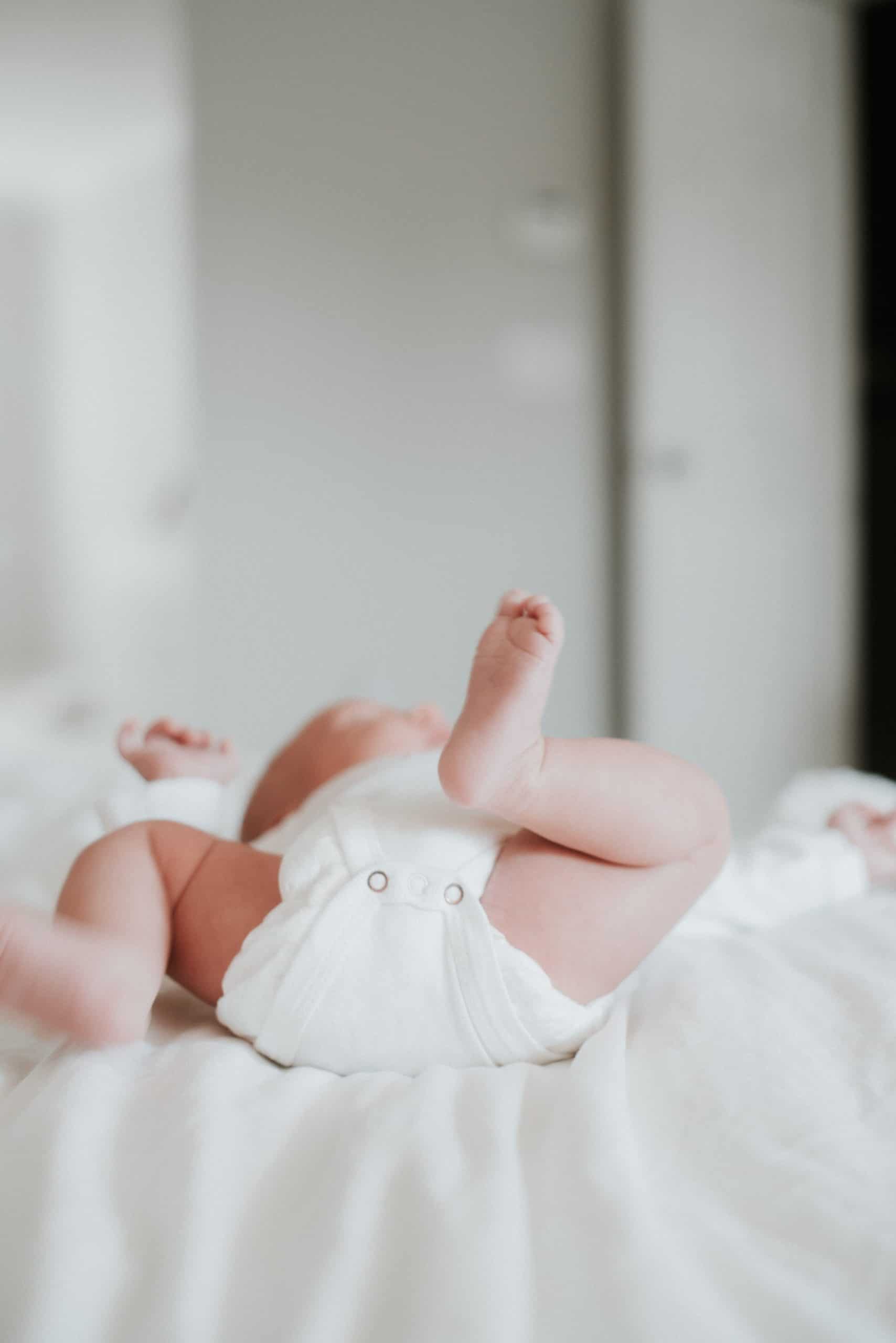It’s a personal choice as to whether to go for cloth/reusable nappies or disposable ones. If you would like to use cloth nappies then there are nappy services available that will collect your soiled nappies, take them away and bring them back clean to save you the job of doing it, which can make life easier.
There are many different brands of disposable nappies. During the first few weeks it’s normal for your baby to have 6–10 soiled nappies per day, so buying nappies can be very expensive as you will go through so many. I purchased a cheaper supermarket brand to put on my babies during the day, as they were never wearing them for any length of time. It’s wise to use a more expensive premium brand of nappy at night-time though, as they will be less likely to leak, and less likely to require a whole outfit change at 4 a.m.!
Below are my top tips for nappy changes and the link to my Youtube channel with a demo of how to change a newborn baby’s nappy is also here to help you.
Navigating nappies
- If you have a boy, always ensure his penis is pointing down before you do his nappy up. The nappy is much more likely to leak if you don’t.
- A disposable nappy needs to be done up quite tightly with no gaps at the sides to prevent leakages. As long as you can place two fingers down the front of the nappy where your baby’s tummy button is then it won’t be too tight. In fact, most nappies are elasticated so it’s virtually impossible to do it up too tight.
- There is also a ‘lip’ that runs round each of your baby’s legs once the nappy is done up. Ensure that this isn’t tucked in or the nappy will also be more likely to leak.
- Use fragrance-free wipes as they are kinder to your baby’s bottom than the perfumed wipes. Some babies are very sensitive to wet wipes for the first few months and will come out in a rash if you use them on their bottom. It is generally something they grow out of as their skin gets more acclimatised to all the bacteria in the air.
- Cotton pads are better to use than cotton wool balls, as they are not fluffy and don’t fall apart when you start wiping. Use the pads with warm water and pat your baby’s bottom dry afterwards before putting a clean nappy on her.
- Talcum powder is not essential to use, even after a bath. It may make your baby smell nice but doesn’t allow the skin to breathe and can cause rashes in babies with more sensitive skin.
- Nappy rash creams like Sudocrem and Metanium are good to use when your baby has a red or sore bottom. I would not advise using them every time you change your baby’s nappy, the cream manufacturers may encourage you to do this as a means to sell more, but it is more effective if you only use it when needed. Apply a small amount to your baby’s dry bottom on the rash or red areas. Rub it in using circular motions until it is almost invisible. In the case of cream for nappy rash, less is more! Do not be tempted to apply lashings of cream as this will possibly make the rash or redness worse, as the cream sitting on top of your baby’s skin will go on to the nappy and prevent it from effectively absorbing your baby’s urine. This urine will then be wet on your baby’s bottom and make her even more sore.



